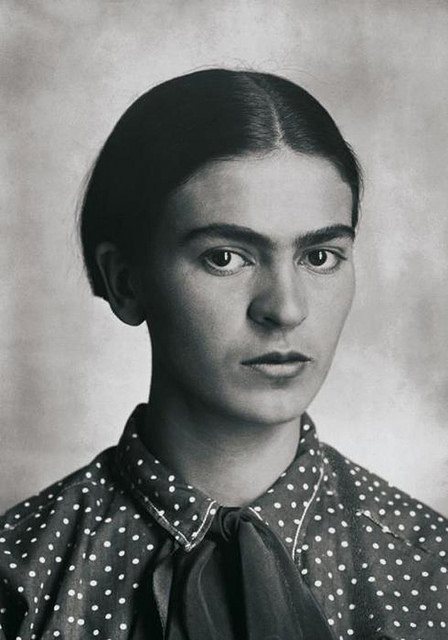unibrow

unibrow – sostantivo
monobrow – sostantivo
unibrowed – aggettivo
monobrowed – aggettivo
Even before I had the unibrow, I tinted my eyebrows black.
One family member took exception to Mattel’s depiction of the artist, which eliminated her signature unibrow.
Are monobrows actually having a comeback?
‘Unibrowed and Proud’ a headline reads in the New York Times, endorsing my own, minimalist approach to grooming.
La pittrice Frida Kahlo è famosa per gli autoritratti intensi e sinceri, l’uso dell’iconografia tradizionale messicana, il femminismo e l’impegno politico comunista, nonché la sua vita anticonformista e travagliata. Un tratto caratteristico del look di Frida sono le folte sopracciglia unite, che la pittrice esibiva e raffigurava con orgoglio nei numerosi autoritratti e questo rifiuto di adeguarsi ai canoni convenzionali di bellezza femminile ha fatto di lei un’icona per generazioni di donne. Ma il monociglio, o unibrow, più famoso di sempre è stato omesso nella bambola della Mattel, che di recente ha prodotto una serie di Barbie dedicate a donne che rappresentano modelli di riferimento in tutto il mondo. Le sopracciglia della Barbie di Frida sono sì nere e folte, ma non unite come quella della pittrice messicana.
Tra i personaggi fittizi monobrowed ci sono Gerald, l’antagonista di Maggie nel cartone animato I Simpson, e Bert, il pupazzo dei Muppet.
Origini del termine
Unibrow è composto dal prefisso uni-, derivato dal latino unus, e dal sostantivo brow, mentre monobrow contiene il prefisso greco mono-. Entrambi i termini risalgono agli anni 1980.
Traduzione di Loredana Riu
unibrow – noun
monobrow – noun
unibrowed – adjective
monobrowed – adjective
Even before I had the unibrow, I tinted my eyebrows black.
One family member took exception to Mattel’s depiction of the artist, which eliminated her signature unibrow.
Are monobrows actually having a comeback?
‘Unibrowed and Proud’ a headline reads in the New York Times, endorsing my own, minimalist approach to grooming.
The Mexican painter Frida Kahlo was famous for many things: her searingly honest self portraits, her use of indigenous Mexican imagery, her feminism, her leftwing politics, her colourful and often tragic life. One of her most distinctive attributes was the thick dark eyebrows that met in the middle and that she depicted accurately and even emphasised in her many self portraits. Her refusal, in this and other ways, to conform to conventional expectations about female beauty is one of the things that mark her out, but it seems that her proud unibrow was a little too much for the toy firm Mattel. The producers of Barbie dolls have included Kahlo in their new range of dolls depicting inspiring women, but while the figure’s eyebrows are dark and bold they do not meet in the middle as the original’s did.
Other famously monobrowed (fictional) figures are, of course, the baby who is the nemesis of Maggie in The Simpsons, and Bert in The Muppets.
Origin
Unibrow is formed by combining the Latin prefix uni-, meaning one or single, with the noun brow. Monobrow is formed in a similar way, only with the Greek prefix mono- in place of uni-. Both forms date back to the late 1980s.



